Ganesha (Gah-neh-sha), also known as Ganapati, is an elephant-headed deity in the Hindu pantheon that is believed to remove obstacles and bring good fortune. Ganesha Chaturthi (Chah-tur-ti) is an important Hindu festival in the state of Maharashtra where Ganesha idols are worshiped for 10 days and at the end, they are immersed in a body of water. (Mumbai is in Maharashtra.) Ganesha Chaturthi date is decided based on the moon cycle and usually falls between August and September. This year, 2015, Ganesha Chaturthi is on September 17.
Importance of Eco-Friendly Ganesha
The reason for immersing Ganesh idols is that Hindus recognize that the universe is in a constant state of change. Form is not permanent. It eventually transform into formlessness. Thus, the act of immersion of Ganesha idols is a symbolic reminder of this belief.
Ganeshas statues to worship Ganesha during Ganesha Chaturthi are made of various materials such as clay, wood and/or plaster of paris. Unfortunately, it has been noticed that when Ganesh idols made of plaster of paris are immersed in water, the material as well as the chemical in the paints increase the acidity of the water and thus, cause great harm to the quality of water and the ecosystem.
As a result the movement of eco-friendly Ganesha to be worshipped and immersed in the water has started and it has gained a popularity in Mumbai in the recent past.
Eco-Friendly Ganesh Making
My family and I had a wonderful opportunity to participate in a workshop done by Aniruddha to experience eco-friendly Ganesha making using kneaded paper pulp. It was interesting to see the process of making a statue and fun for the kids to play with eco-friendly paper pulp. I hope that our kids will always remember this cultural experience.
It’s been very interesting taking photos of my son especially when I am struggling to manually focus with my 35 mm lens. The blurriness of the photos shows that I need more practicing to do with a silly subject that would not stay still even for a second. As a result, I am showcasing a monkey who was out of control.
We bought an eco-friendly Ganesha from the NGO Aniruddha to show our support for their great cause and efforts to protect the environment.
You can find places to buy eco-friendly Ganesh idols on Go Green Ganesha Facebook information page.
OTHER POST ABOUT GANESHA
Ganesha Tour in Khetwadi
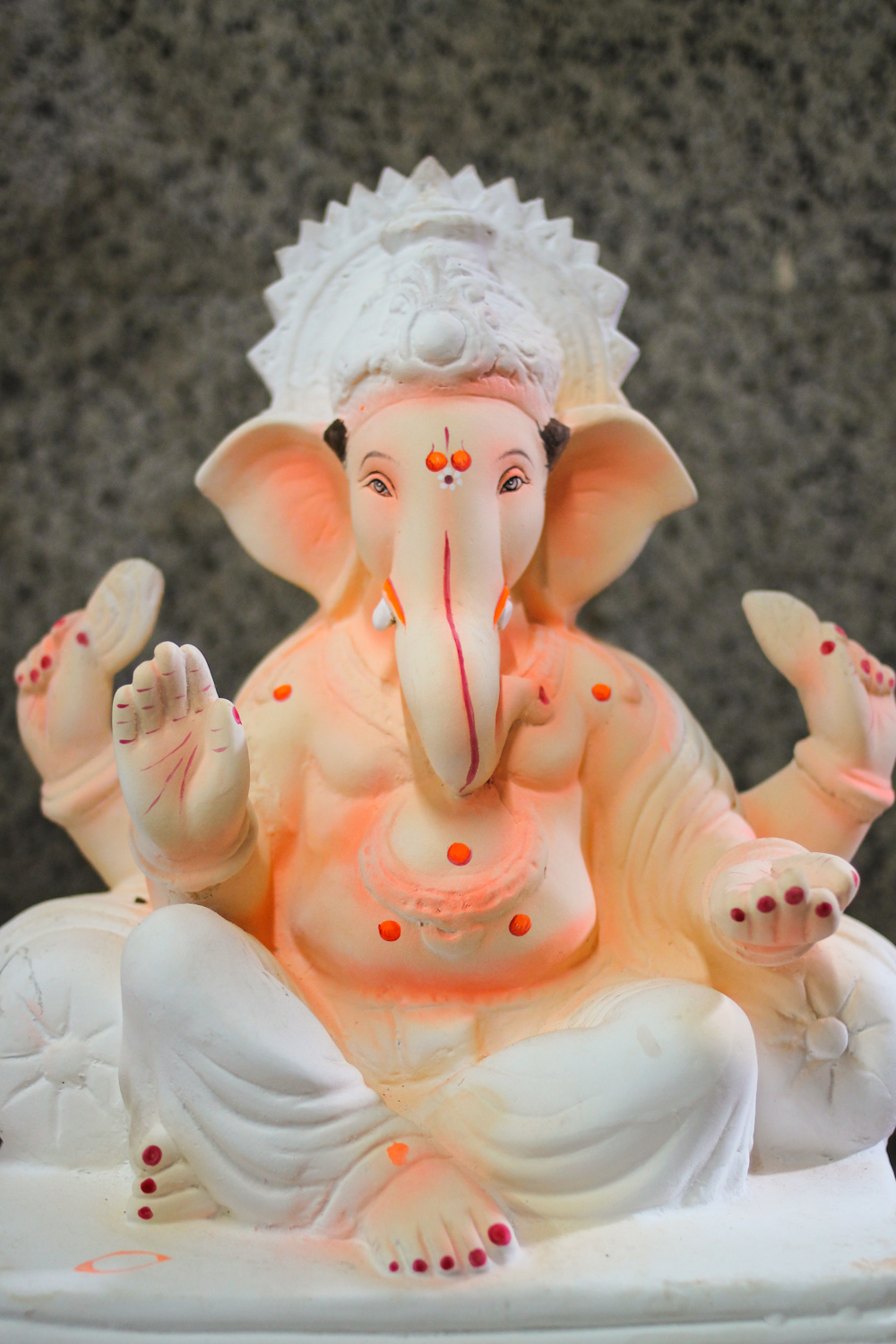
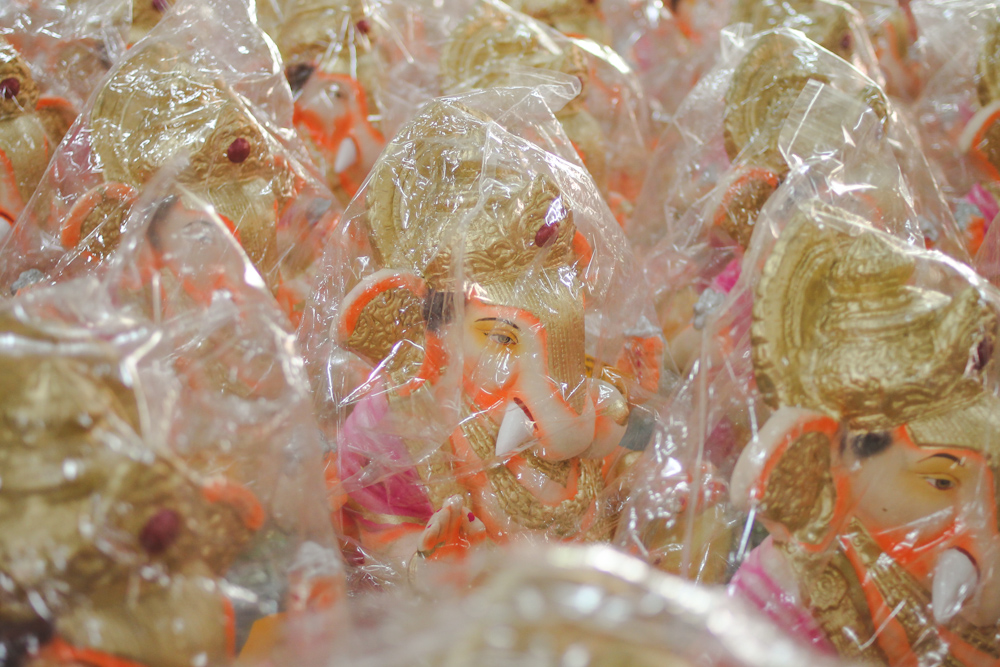
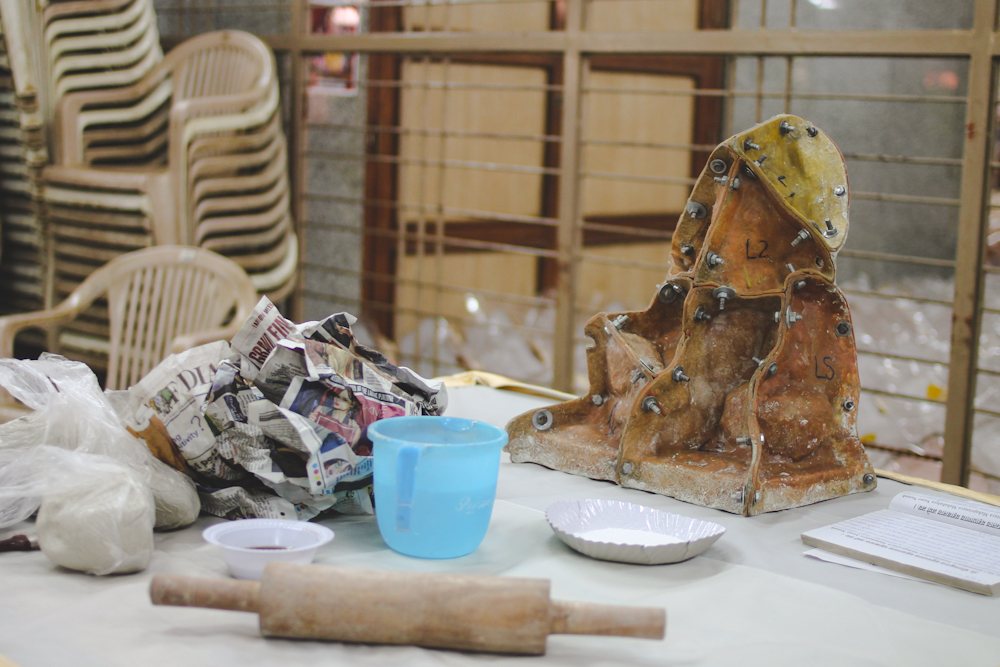
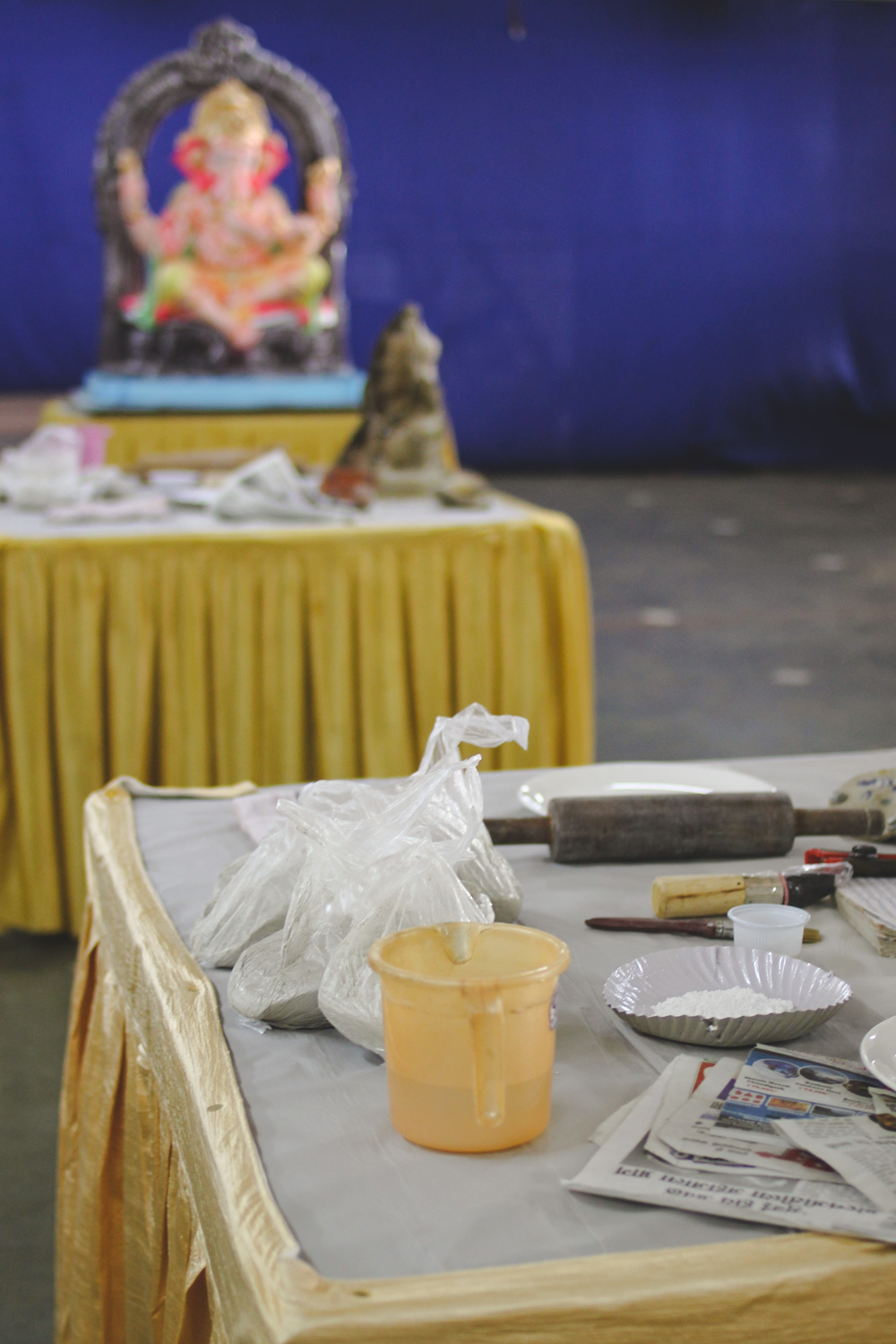
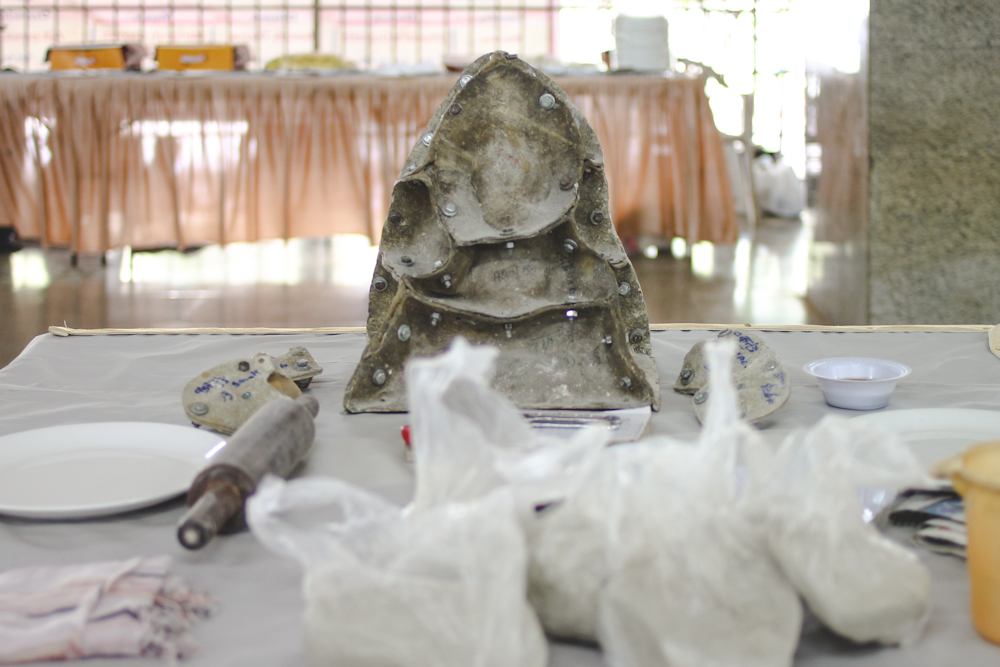
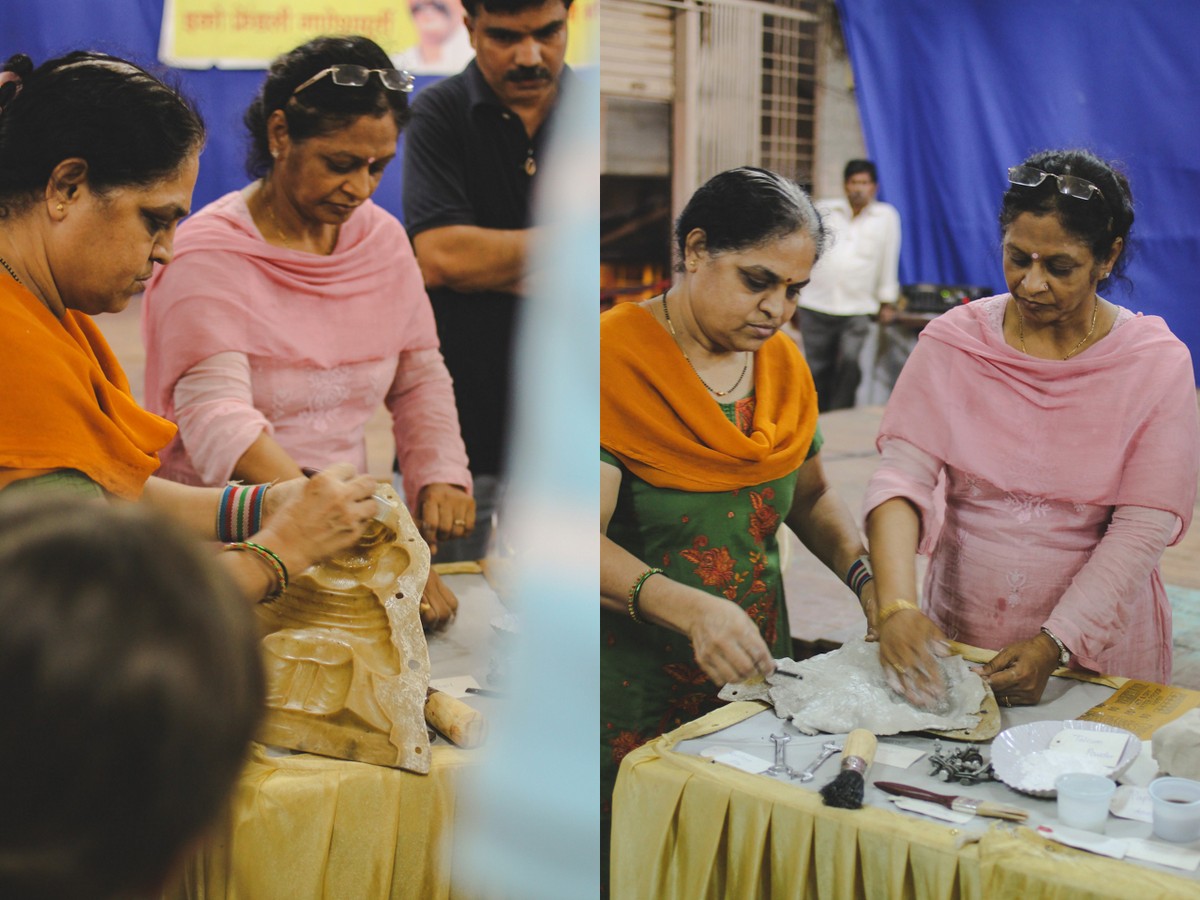
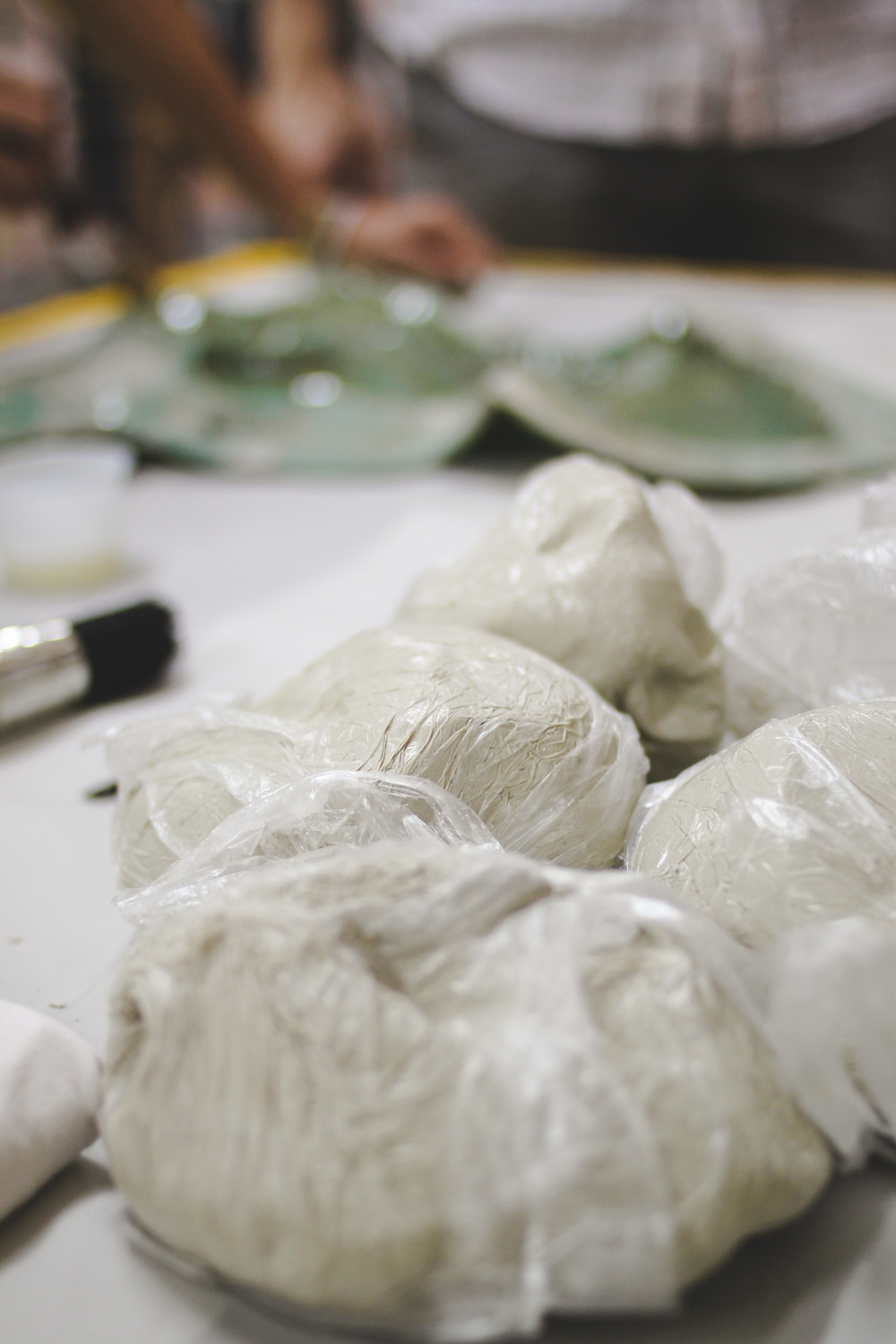
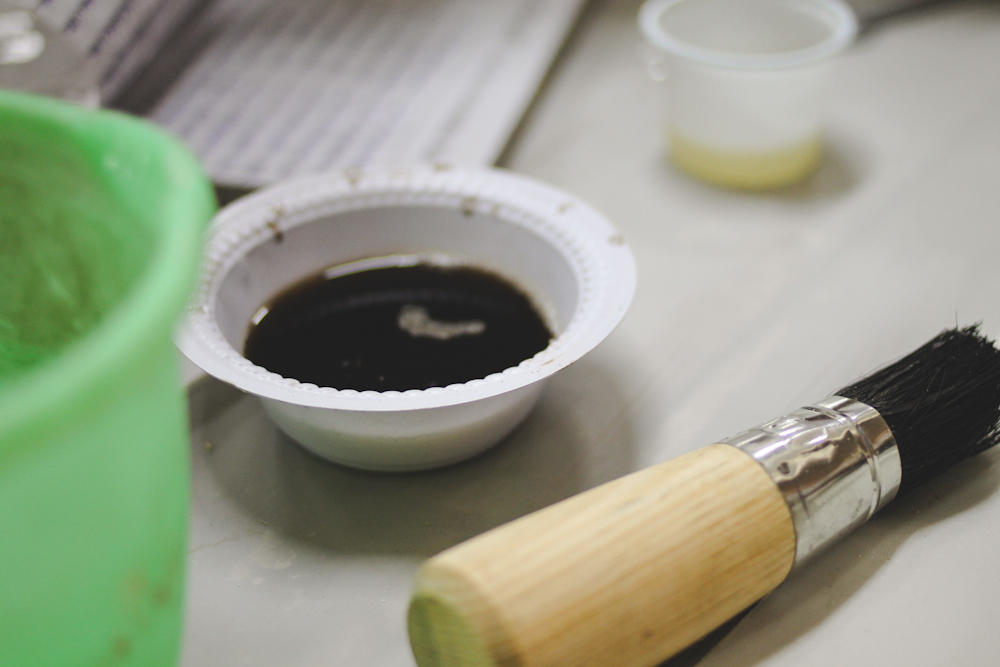
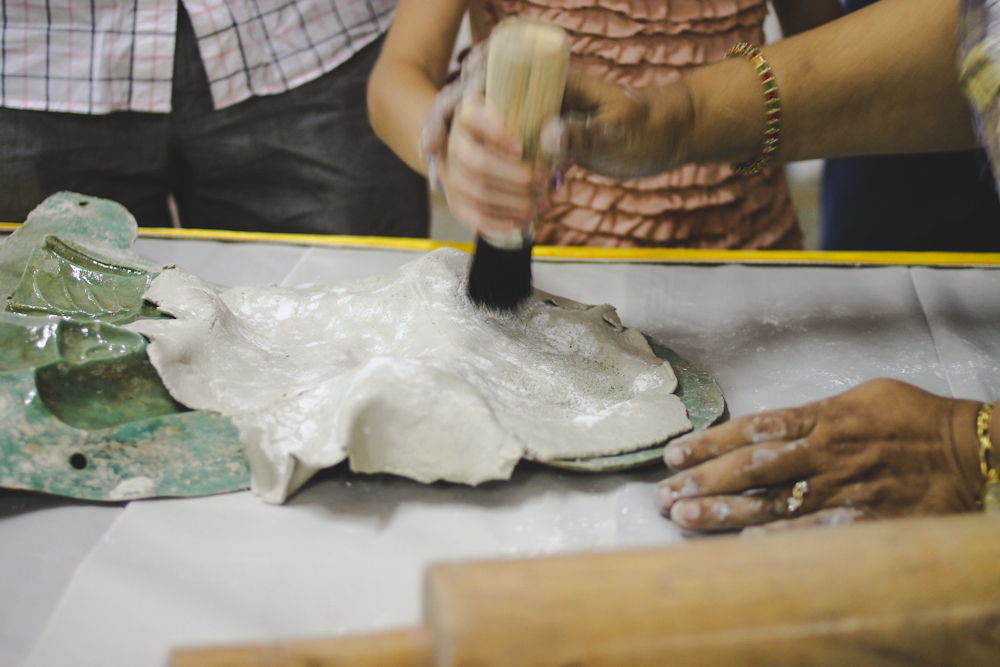
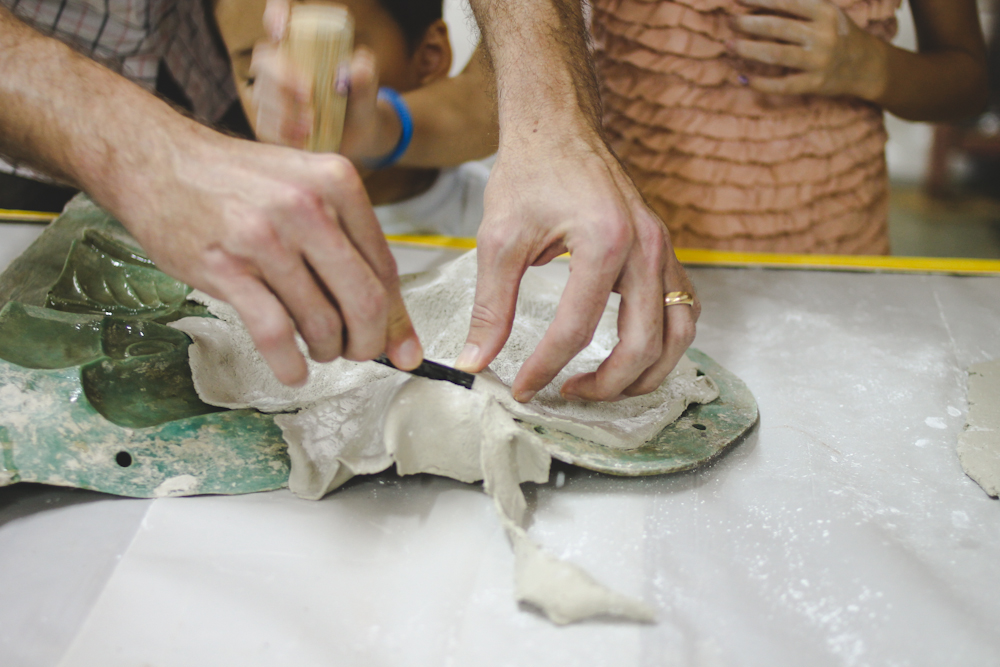
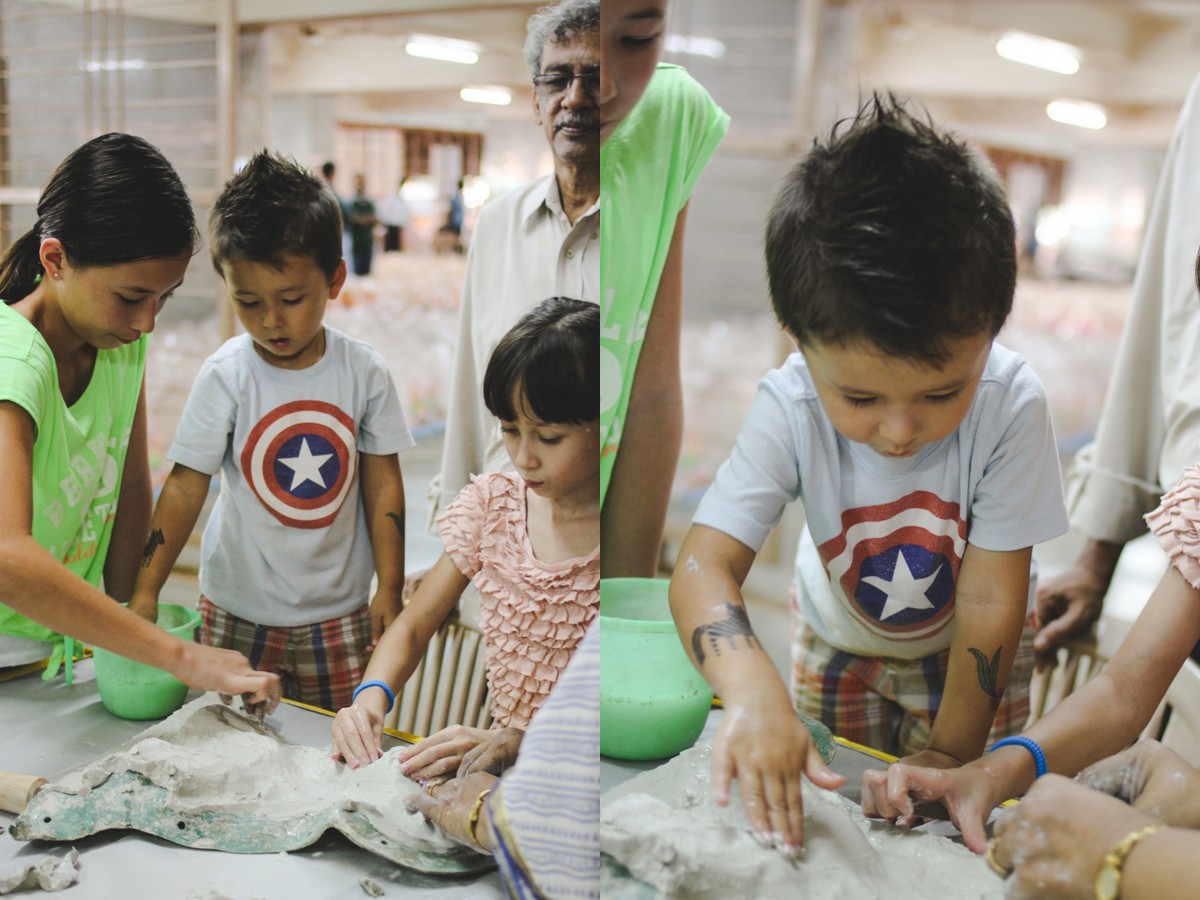
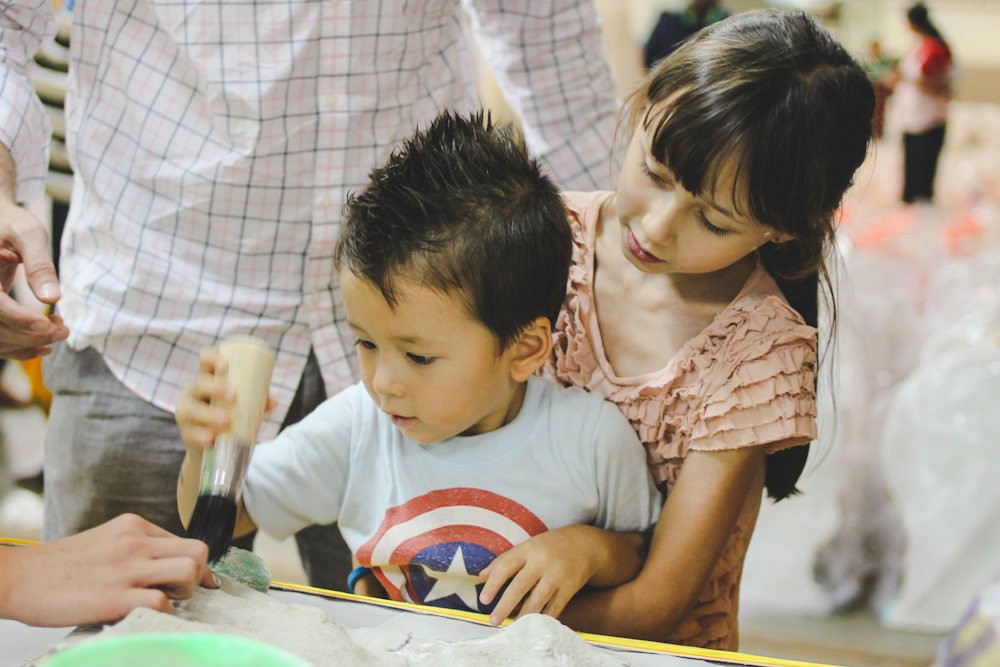
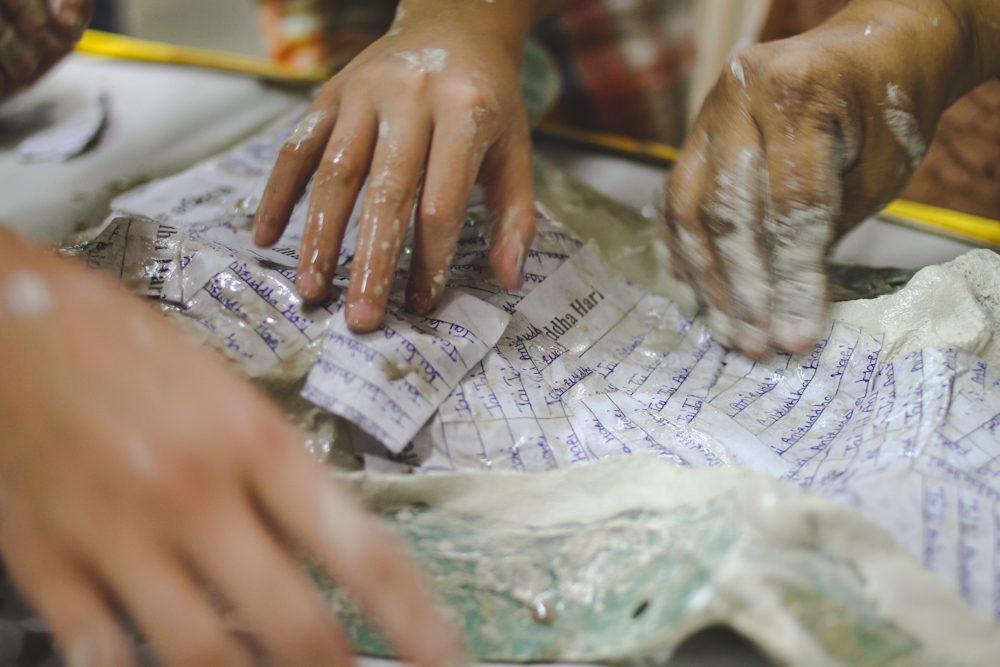
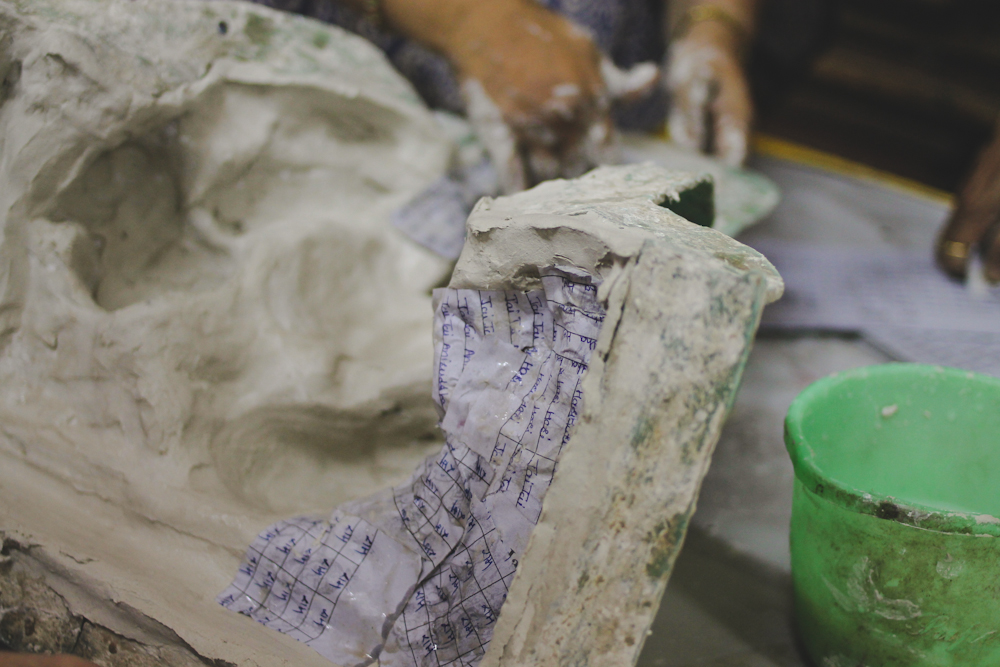
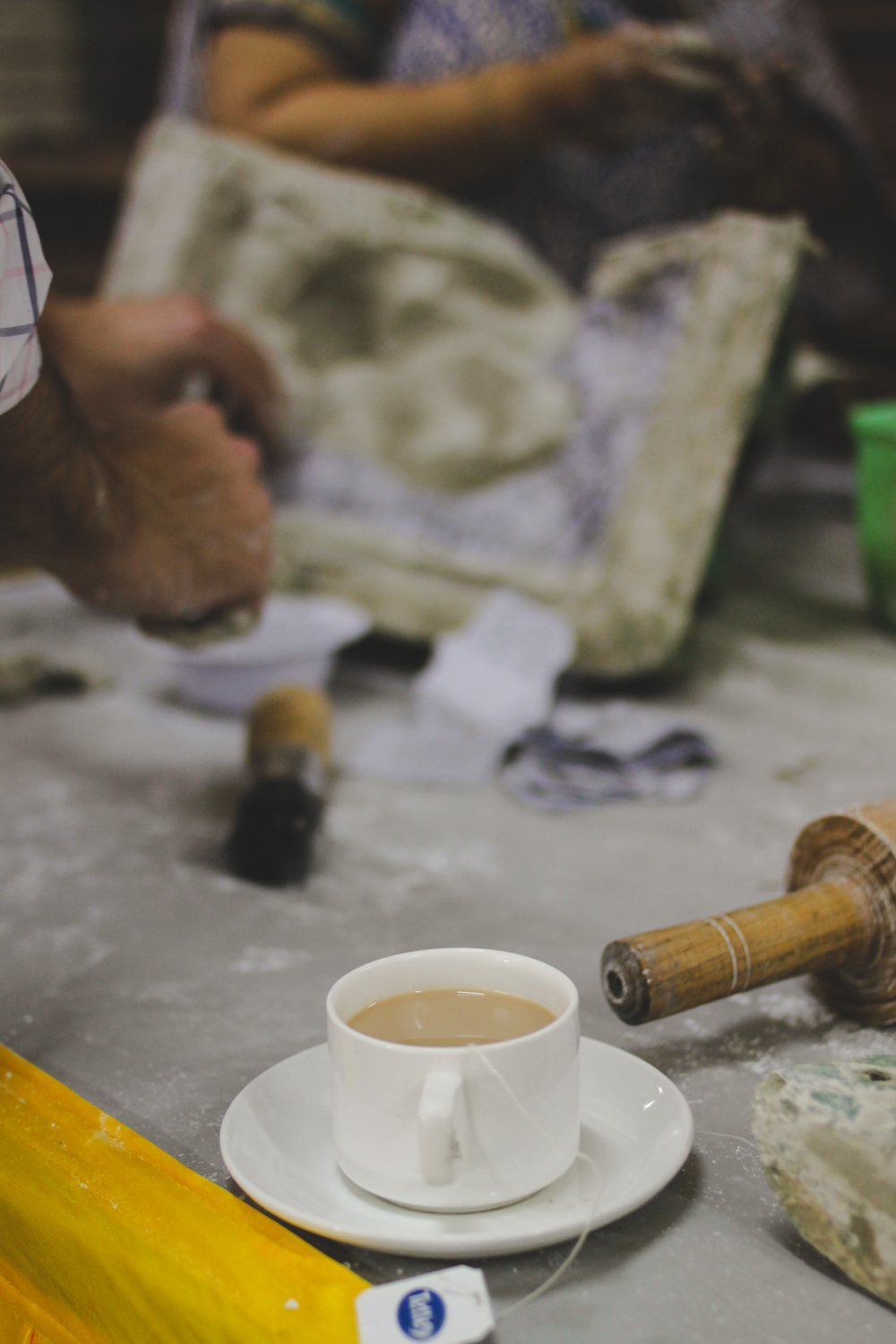
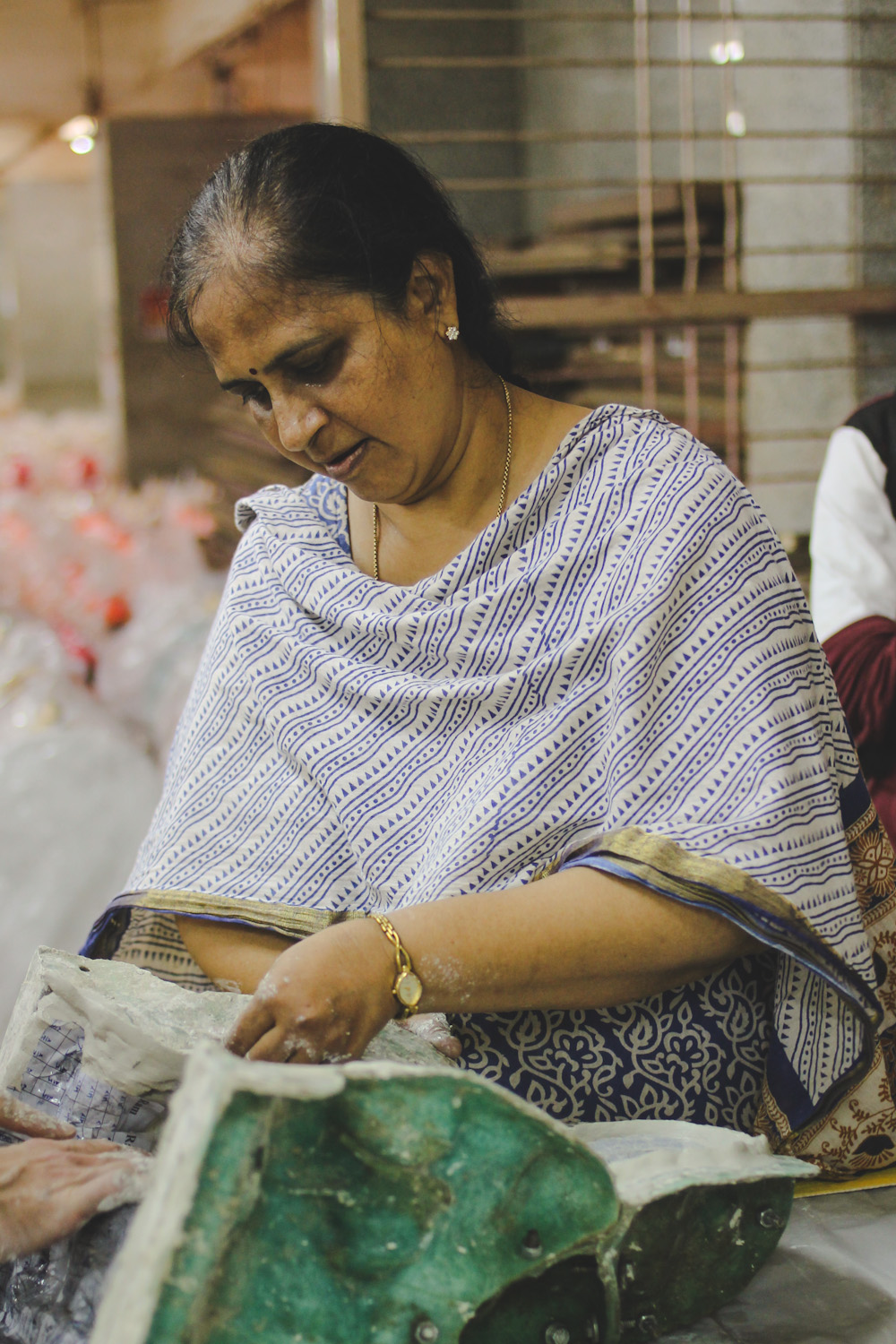


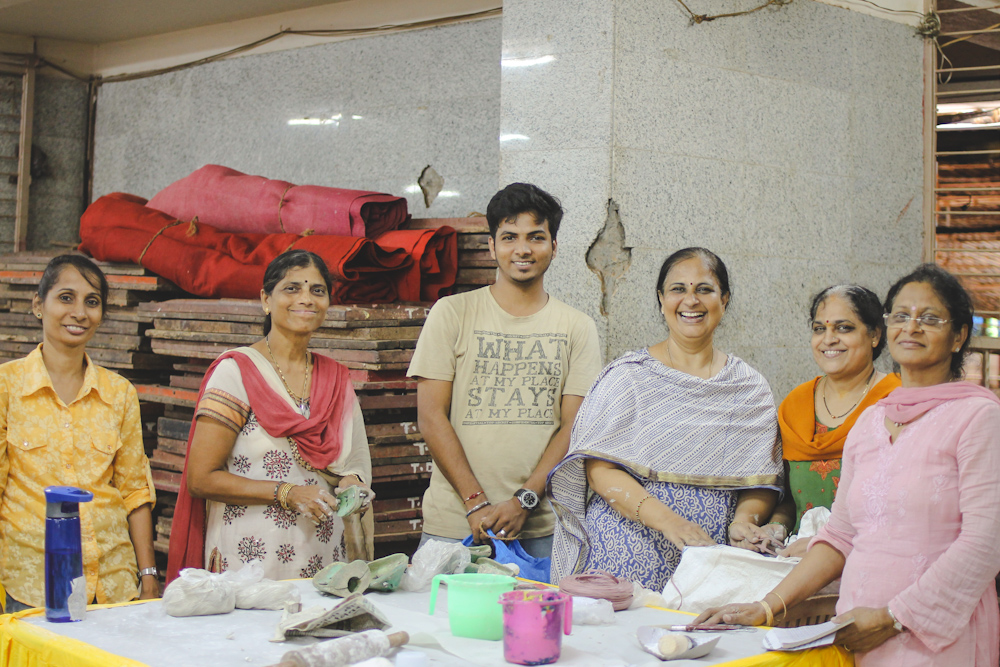

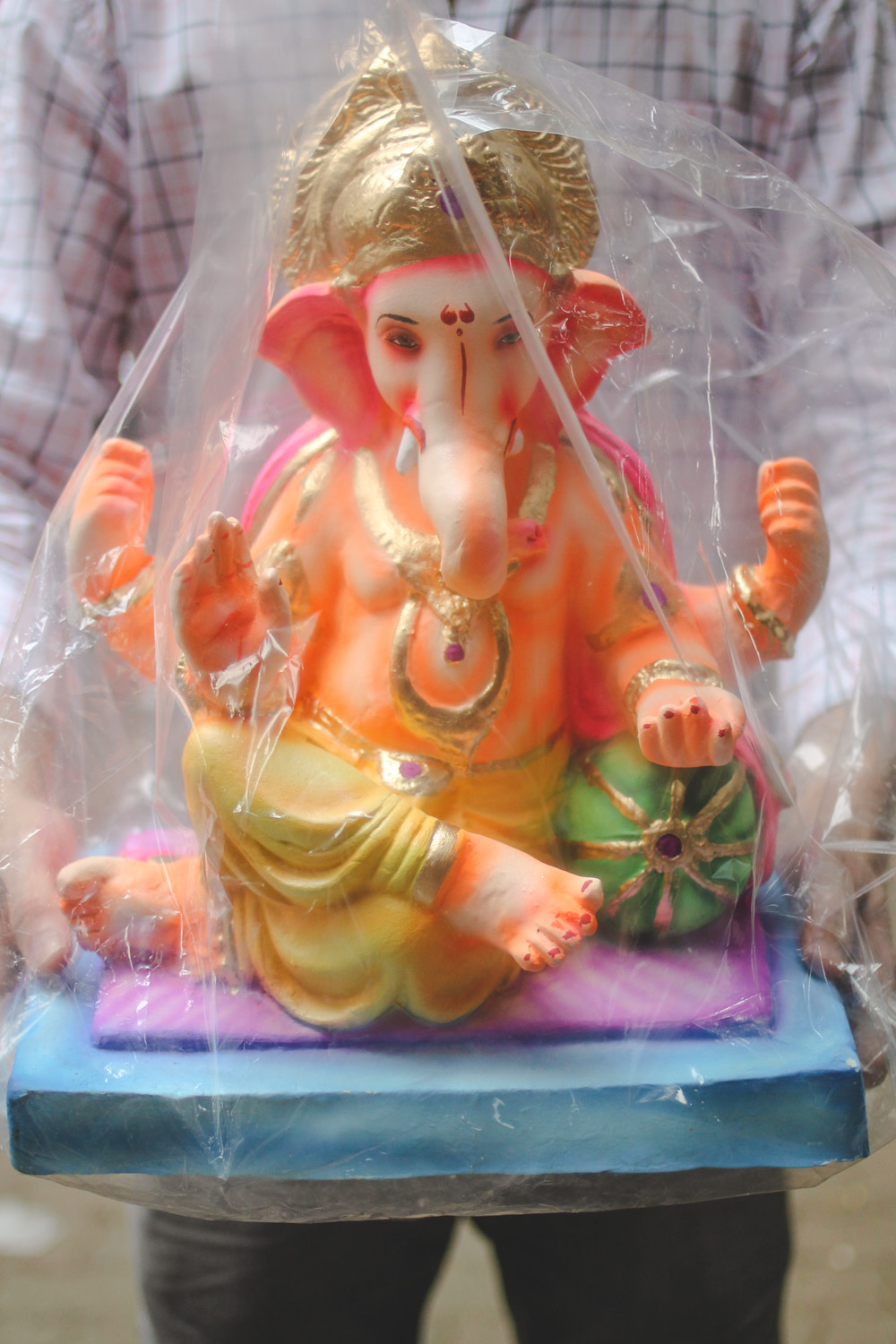
So cool that you got to make some yourself! Ganpati is one of my favorite indian festivals! My son was born on the final immersion day 5 years ago… I am really missing the cool monsoon breeze, screams of Ganpati Bappa Morya and visiting all of the mandals in Bandra! Enjoy the festival!
How special is it that your son was born during Ganpati festival 5 years ago, Karilyn! I’m sure you will always remember Ganpati in a fond way! It’s been a bit steamy in Mumbai, but in the evening, we can finally enjoy lovely cool monsoon breeze. I love it!
I LOVE seeing people conscious of environmental consequences; we all need to get better in rethinking our traditions and habits!! It was interesting to see the steps and items involved in this paper pulp project. I especially liked the cup of tea — a critical component to any successful endeavor in my opinion. The best photos by far were of that adorable little monkey of yours 😉 I think you did a brilliant job of capturing his antics!
I also love seeing people’s conscious efforts to make a difference in the environment! I love chai tea!! I agree, yes, a critical component to any successful endeavor! Thanks for the compliment!! He keeps me entertained. All the time.
I love your posts! I agree that the communities’ efforts to shift towards eco-friendly idols are laudatory and strongly support them. I also think, however, that much more needs to be done to reduce the damage to the environment during these festivals. For example, does each household really need to have its own Ganesh idol? Why can’t one be shared among the neighbours in a building / residential block? Also, why can’t the idol be immersed symbolically in a tub/bucket at home, rather than actually immersing it into the natural water? Doing so will allow the family to use the same idol over many years, rather than buying a new piece every year – just the way we (Japanese) display the same set of Hinamatsuri dolls to every March for many many years.
Thank you so much for the comment, Kyoko san! That is a deep topic. 🙂 Since the act of ceremony is one of those rituals that is very spiritual and people believe that doing so bring in good fortune for the families, I imagine that it would be hard to change the traditions themselves. However, I think that it’s good that the societies are now very aware and now promoting the eco-friendly Ganeshas. Any small movement can evolve into something bigger. Thanks for your time to visit my blog!